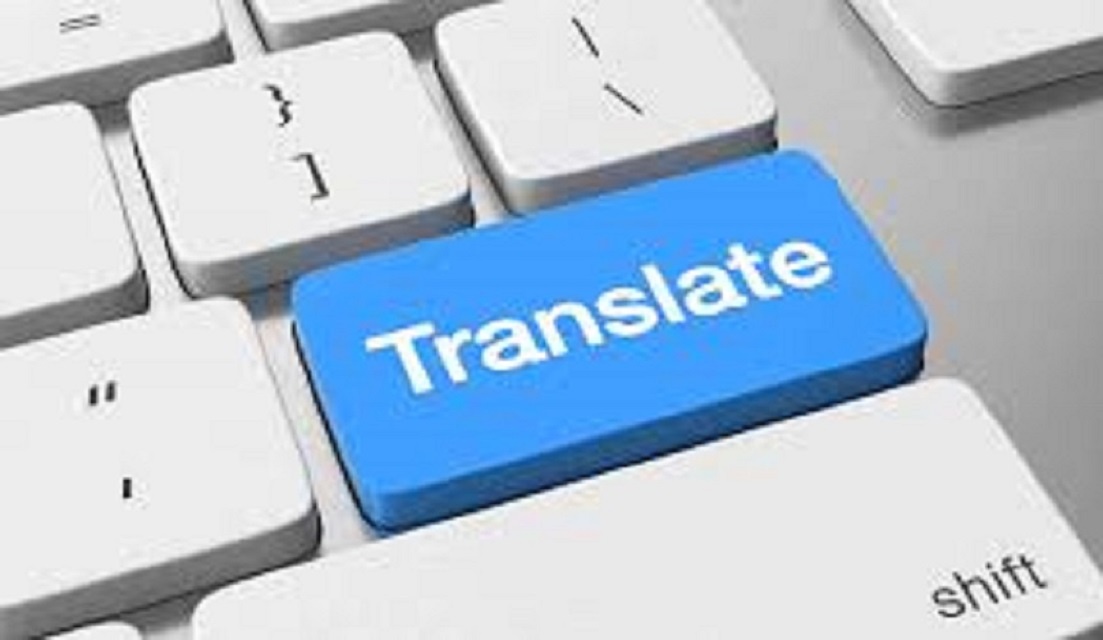Translation services have become an essential part of global communication. Whether it's for business purposes, personal communication, or simply for pleasure, translation services have made it possible to break down language barriers and connect with people all over the world. There are different types of translation services, each with its own strengths and limitations. In this blog, we will guide you through the three main types of translation: human translation, machine translation, and post-edited machine translation.
- Human Translation
Human translation is the oldest form of translation, and it involves a professional translator who works to translate text from one language to another. It is the most accurate and reliable form of translation as it is done by a trained professional who can understand the nuances and subtleties of the source text and translate it effectively into the target language.
Human translation is an excellent option for complex and technical documents, such as legal contracts, medical reports, and academic papers. These types of texts require a high level of accuracy and precision, and a professional human translator is best suited to handle them. They can ensure that the translated text is not only grammatically correct but also captures the intended meaning and tone of the source text.
While human translation is the most accurate form of translation, it can also be the most time-consuming and expensive. Human translators charge by the word or by the hour, and the cost can vary depending on the language pair and the complexity of the text. However, if accuracy is crucial, human translation is the best option.
- Machine Translation
Machine translation (MT) is a form of translation that uses computer software to translate text from one language to another. MT technology has come a long way in recent years, and it can now produce decent translations for simple and straightforward texts, such as emails, product descriptions, and social media posts.
MT technology works by analyzing the source text and using algorithms to translate it into the target language. There are different types of MT systems, including rule-based MT, statistical MT, and neural MT. Each system has its own strengths and limitations, but they all rely on algorithms to produce translations.
One of the main advantages of MT is its speed and affordability. MT can translate large volumes of text quickly and at a fraction of the cost of human translation. However, MT is not as accurate as human translation, and it can struggle with complex texts that require a deep understanding of the source language and cultural nuances.
Despite its limitations, MT can be a useful tool for businesses and individuals who need to translate large volumes of simple texts quickly and at a low cost. It can also be a useful starting point for human translators who can then edit and refine the machine-translated text to ensure accuracy.
- Post-edited Machine Translation
Post-edited machine translation (PEMT) is a form of translation that combines the speed and affordability of MT with the accuracy of human translation. PEMT involves using MT technology to translate a text and then having a professional human translator edit and refine the machine-translated text.
PEMT is a great option for businesses and individuals who need to translate large volumes of text quickly and accurately but cannot afford the high cost of human translation. PEMT can produce translations that are accurate and reliable, while also being more affordable and faster than traditional human translation.
PEMT is also a good option for texts that are not as complex and technical as legal contracts and medical reports but still require a high level of accuracy and precision, such as marketing materials, product descriptions, and user manuals.


No comments yet